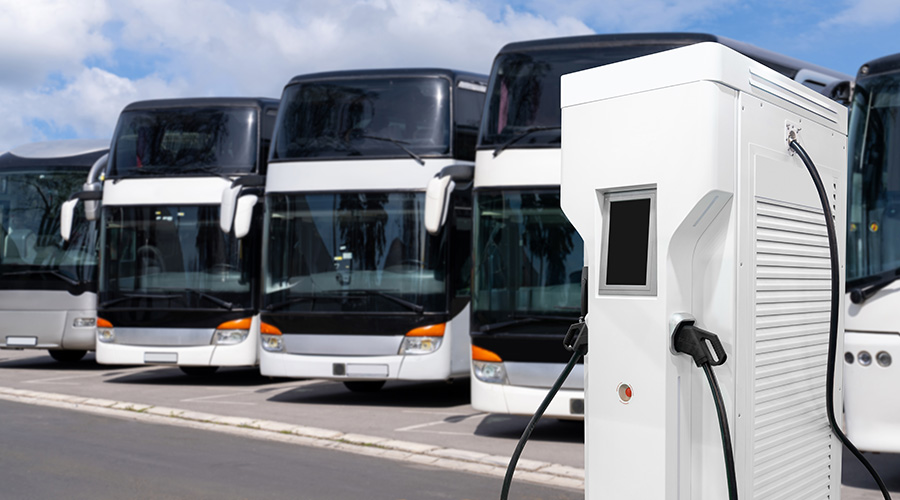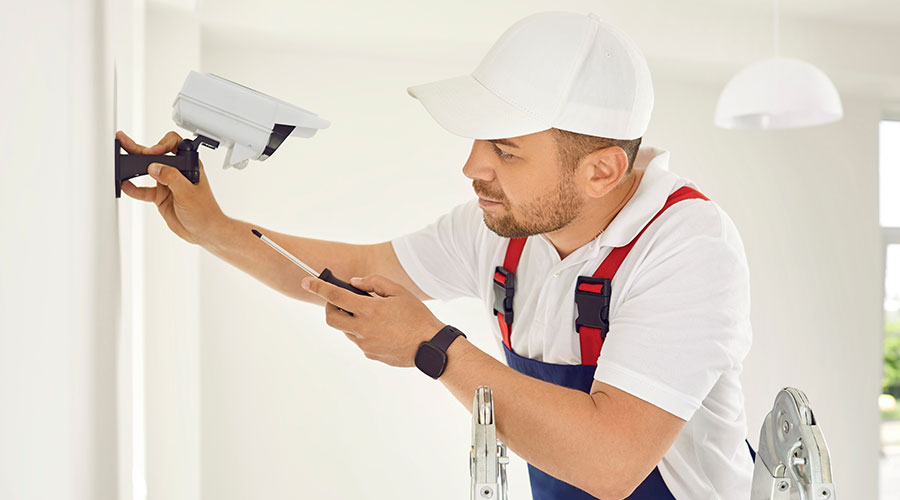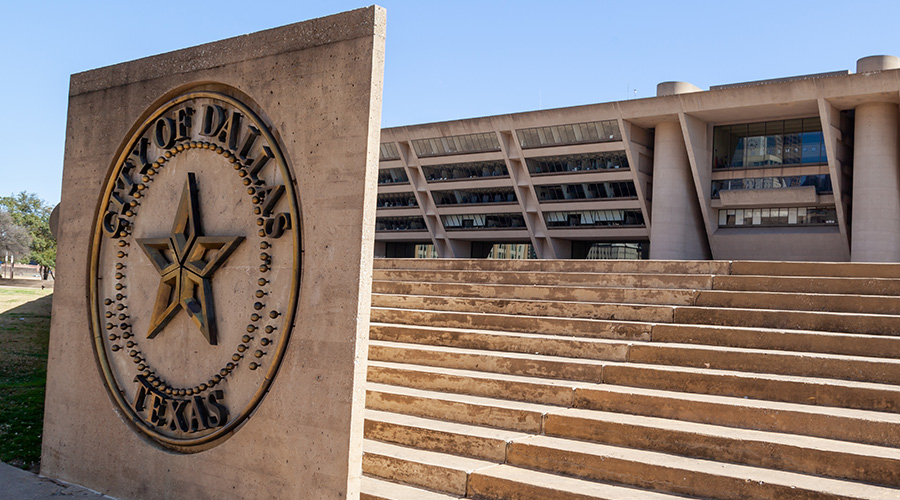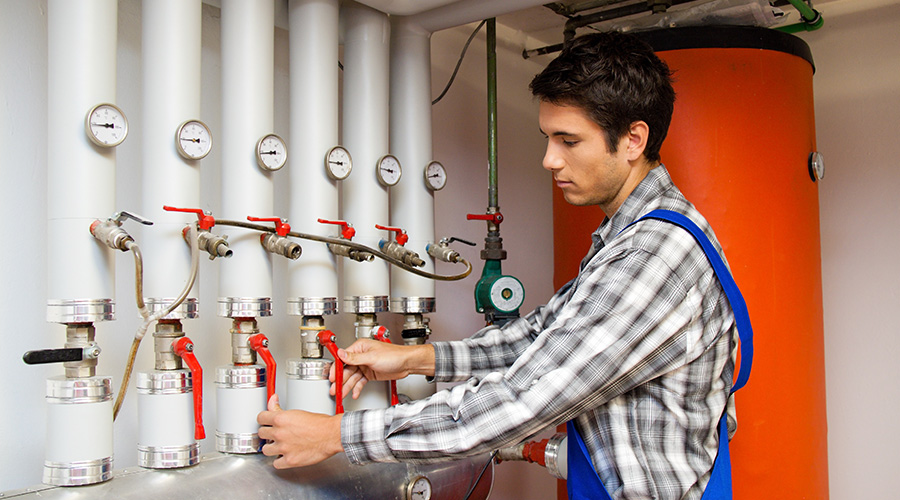
Electrifying a Fleet: Pittsburg Unified School District's Switch to Electric Vehicles
PUSD’s fleet is currently comprised of 50 percent zero emission vehicles. June 12, 2025
By Jeff Wardon, Jr., Assistant Editor
Transitioning from fossil fuel-based energy to pure electrification is already a sizeable task. Then, imagine scaling that electrification to an entire fleet of vehicles.
That was the case of the Pittsburg Unified School District (PUSD) in California, which began installing solar arrays for its system in the early 2010s, with them coming online for the 2010 to 2011 school year. From there, the school began transitioning to other green practices like electric vehicles a few years later.
In 2017, PUSD brought in its first two zero-emission vehicles, which were light duty KIA Soul EVs that it used to transport mail and other parcels throughout the district. Then in 2018, the district received its first electric school buses.
PUSD’s fleet is currently comprised of 50 percent zero emission vehicles, including light, medium and heavy-duty units such as cars, trucks, vans, panel vans and school buses. The district also happens to have the infrastructure to support its EV fleet, all of which is housed in its corporate yard.
“We have a total of 26 Level 2 chargers,” says Matthew Belasco, director of maintenance, operations and transportation at PUSD. “We also have a project currently working with the California Energy Commission, with Mobility House as a partner, and we're adding five Level 3 bidirectional chargers. With that, we'll have a total of close to 30 chargers here in the yard. Then throughout the school sites, we have an additional 46 charging stations.”
Additionally, PUSD invested about $500,000 to build the infrastructure while receiving aid from outside funders, which Belasco says totaled roughly $2,500,000.
The transition hasn’t been easy as the first generation of electric school buses experienced challenges keeping them running, Belasco says.
As the district progressed towards its second, third and now fourth generations of electric buses, these reliability problems started to fade. Belasco says he is seeing about 85 to 95 percent uptime on the more recent generations in the fleet now. He adds that there are still some ongoing challenges with the electric buses, though, such as frequent updates.
“As the technology advances quickly and ranges can be optimized with battery management, there's been several updates,” says Belasco. “Sometimes those updates work well and sometimes the updates cause additional challenges that keep those buses off the road.”
Despite those issues, the buses have proven to save on upkeep due to fewer fluids and filters to maintain. While not non-existent, Belasco says it’s about 70 percent less maintenance than what would be seen on a traditional fuel or diesel vehicle.
In addition, he says he has learned much from the district’s transition.
“Think as far ahead as you can and what you can do when it comes to the next level of EVs,” says Belasco.
He says that one of the most expensive things to do is to put infrastructure underground. If possible, one could stub out some additional conduit underground while construction is happening. Even if the extra conduit isn’t used right away, it can save money later down the line. That’s because it would cost even more and be harder to dig up everything again just to put more conduit in later.
“Even if you never use them, it's well worth the risk versus reward to have those things done,” says Belasco. “Just having a long-term plan on what the fleet would look like is very helpful.”
Jeff Wardon, Jr., is the assistant editor of the facilities market.
Next
Read next on FacilitiesNet












